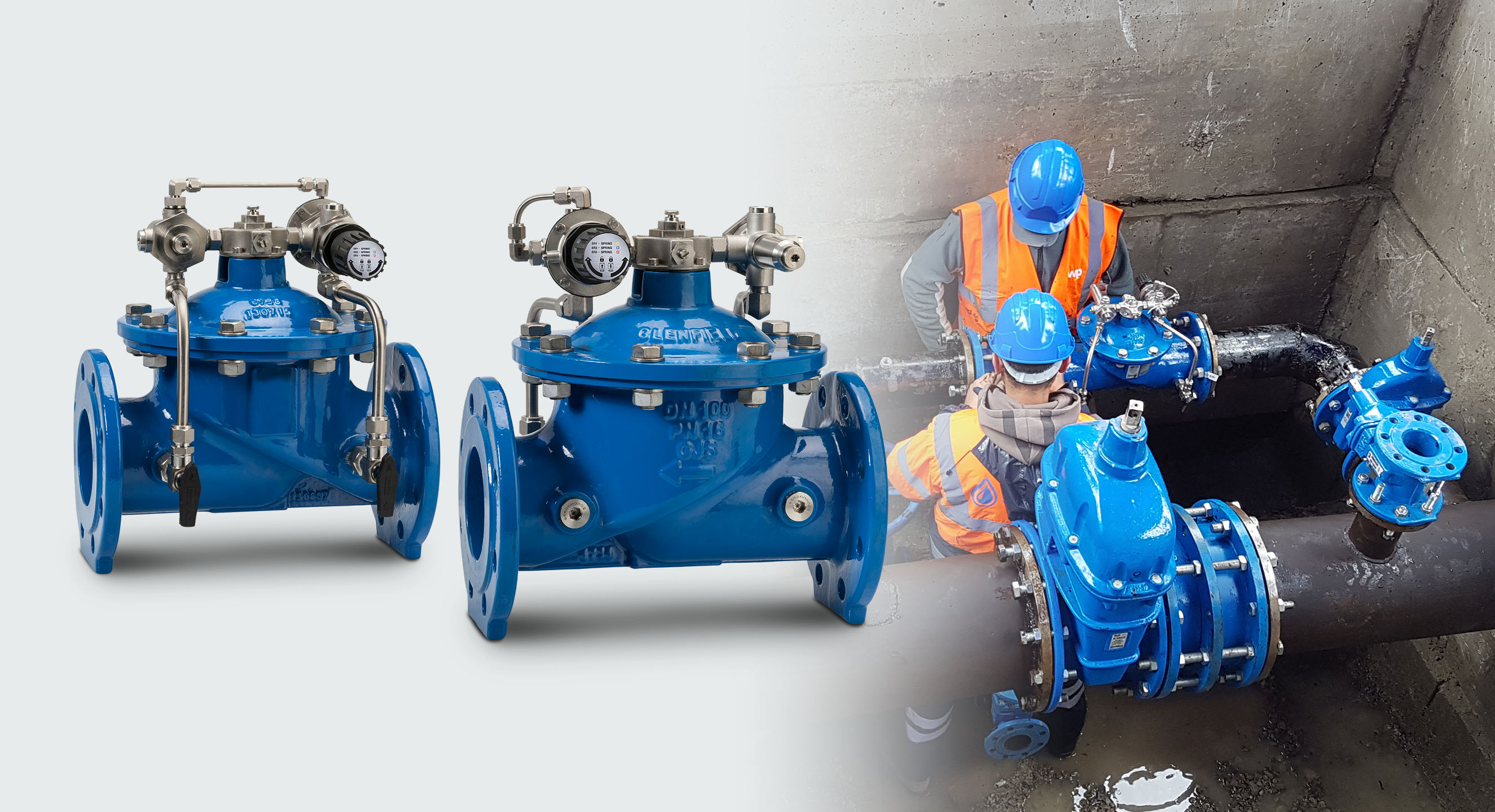The Duty of Control Valves in Liquid Circulation Monitoring Equipment
The Duty of Control Valves in Liquid Circulation Monitoring Equipment
Blog Article

Maximize Energy Financial Savings and Comfort With Advanced Structure Automation Controls
In the world of contemporary style and facility monitoring, the integration of innovative structure automation regulates stands as a crucial innovation. By utilizing the power of automation, structures can adjust, react, and advance in methods that were as soon as unthinkable.
Energy Performance Advantages
Energy effectiveness advantages can significantly lower energy usage and operational prices in structures. Energy-efficient systems, such as sophisticated building automation controls, can maximize the use of resources like home heating, lighting, and air conditioning, leading to reduced energy expenditures over time.
Additionally, boosted power performance can prolong the life expectancy of building equipment and systems. By operating a lot more efficiently, HVAC systems, lighting components, and other building elements experience much less damage, resulting in minimized maintenance and replacement costs. Furthermore, energy-efficient buildings commonly command greater building worths and rental rates, providing long-lasting monetary advantages to proprietors.
Additionally, energy performance can enhance occupant comfort and performance. Properly controlled interior atmospheres with ideal illumination and thermal conditions create a more enjoyable and conducive work area, causing improved staff member complete satisfaction and efficiency. Generally, the energy performance advantages connected with innovative building automation controls are complex, incorporating expense savings, environmental stewardship, and occupant health.
Improved Comfort Control
Enhancing comfort control in structure atmospheres requires an innovative integration of advanced automation systems for optimal owner well-being. By utilizing sophisticated structure automation controls, facilities can tailor the indoor environment to satisfy the specific requirements and preferences of passengers. These systems allow exact guideline of illumination, ventilation, and temperature, creating a efficient and comfortable atmosphere. Passenger contentment and efficiency are carefully linked to thermal convenience, making it necessary to have systems in place that can adjust to changing problems in real-time.
By integrating these innovative controls, structures can not just enhance convenience however also improve power performance by maximizing system operations based on real tenancy and usage patterns. Ultimately, focusing on passenger comfort with innovative automation systems leads to a much more delightful and healthier interior atmosphere.
Operational Effectiveness Improvements

In addition, the implementation of real-time surveillance and analytics devices enables building operators to recognize power ineffectiveness and functional anomalies promptly. By continuously keeping track of energy usage patterns and system efficiency metrics, modifications can be made in real-time to enhance energy usage and guarantee peak operational performance. control valves. Furthermore, integrating demand feedback approaches into building automation controls can additionally improve operational performance by dynamically adjusting energy usage based on grid conditions and prices signals
Indoor Environment Optimization
Efficient interior climate optimization is a basic aspect of building automation controls, making certain occupants' convenience and health while maximizing energy financial savings. By utilizing innovative sensing units and controls, constructing automation systems can continuously monitor and adjust temperature, moisture levels, air high quality, and ventilation to create an optimal indoor setting. Maintaining comfortable and consistent conditions not just boosts occupant complete satisfaction but additionally improves performance and overall wellness.
Interior climate optimization additionally plays a vital function in power effectiveness. By fine-tuning home heating, ventilation, and cooling systems based upon real-time data and tenancy patterns, developing automation controls can substantially minimize energy consumption - control valves. For example, carrying out strategies such as Check This Out demand-controlled air flow and thermal zoning can help reduce energy waste while making certain that each area of the structure gets the needed conditioning.

Lasting Atmosphere Development
Building automation controls not only optimize interior climate conditions for energy efficiency and owner convenience however also lay the structure for producing a sustainable environment via strategic management of resources and systems. By integrating advanced building automation innovations, such as sensing units, actuators, and intelligent software, facilities can keep an eye on and adjust power usage in real-time to reduce waste and reduce their carbon impact. These systems make it possible for anticipating upkeep, recognizing potential concerns before they escalate and optimizing tools performance to enhance durability and performance.
In addition, lasting environment production extends beyond energy management to encompass water preservation, waste reduction, and indoor air high quality improvement. Structure automation controls can regulate water use, identify leaks, and make sure correct garbage disposal methods, adding to total sustainability initiatives. Furthermore, by controlling and checking air flow and filtering systems, these modern technologies boost occupant health and efficiency while reducing energy consumption connected with cooling and heating operations.
Final Thought
Finally, progressed building automation controls deal considerable benefits in regards to energy financial savings, convenience control, operational effectiveness, indoor climate optimization, and producing a sustainable setting. By carrying out these controls, structures can achieve ideal performance while lowering power consumption and boosting owner convenience. It appears that making use of advanced automation technology is crucial in boosting structure efficiency and creating a more lasting future.
Energy efficiency benefits can significantly decrease power consumption and operational expenses in structures. In general, the energy efficiency benefits linked with advanced building automation controls are diverse, encompassing expense savings, ecological stewardship, and owner health.
Additionally, integrating need reaction approaches into structure automation controls can even more boost operational efficiency by dynamically changing power usage based on grid problems and pricing signals.
Building automation regulates not just optimize indoor environment conditions for power effectiveness and resident convenience yet likewise lay the foundation for developing a lasting setting with critical monitoring see this of systems and resources.In verdict, advanced structure automation manages deal considerable advantages in terms of energy financial savings, convenience control, functional effectiveness, interior environment optimization, and producing a sustainable environment.
Report this page